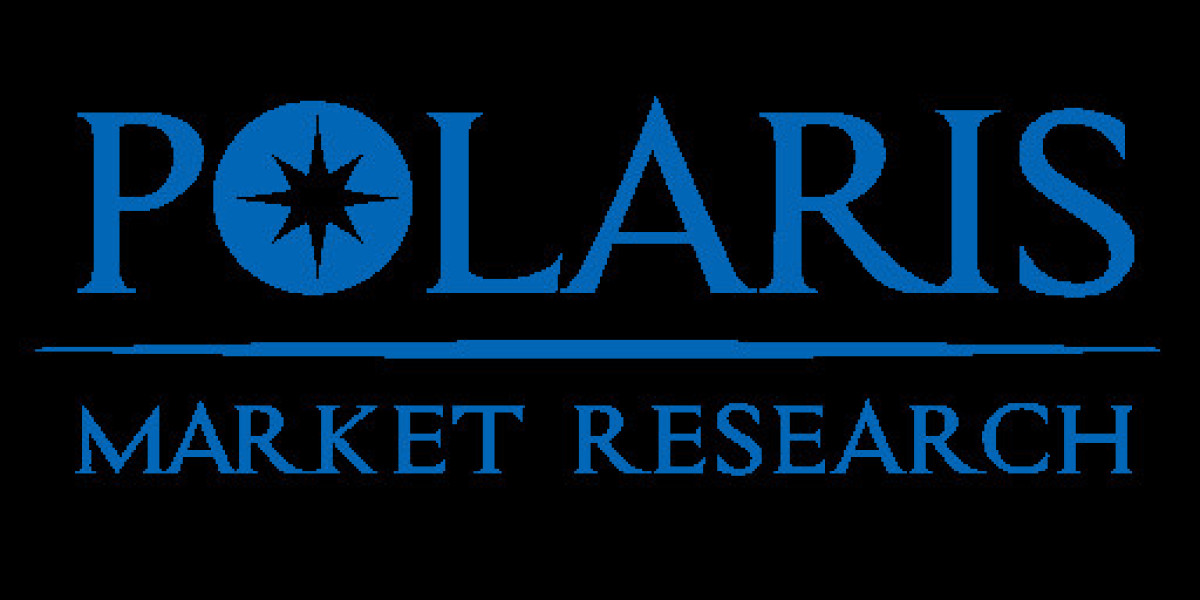The global prescription drugs market, valued at USD 1.16 trillion in 2024 and forecast to expand at a compound annual growth rate (CAGR) of 6.94% between 2025 and 2034, reflects an evolving healthcare landscape defined by medical innovation, demographic shifts, and heightened demand for targeted therapies. With chronic diseases accounting for nearly three-quarters of global healthcare spending according to the World Health Organization (WHO), prescription pharmaceuticals remain a central pillar of modern medical systems. The segmentation of this vast market, by therapeutic area, drug type, and end-user distribution channels, illustrates not only where demand is most concentrated but also where new opportunities are set to emerge. An analysis of product differentiation, application-specific growth, and segment-wise performance provides valuable insights into the structural evolution of this trillion-dollar industry.
Among therapeutic categories, oncology continues to represent the single largest and fastest-growing segment, accounting for more than USD 190 billion in global revenues in 2023. The prevalence of cancer, combined with the acceleration of immuno-oncology and targeted biologics, has transformed this area into a primary driver of pharmaceutical innovation. Blockbuster drugs in immunotherapies and precision oncology continue to capture premium pricing despite pressures on healthcare budgets, highlighting the sustained value of differentiated therapies. Cardiovascular drugs, long a dominant segment, remain critical to global health given the increasing incidence of hypertension and diabetes-driven complications, particularly in Asia Pacific and North America. While this segment faces generic erosion and biosimilar entry, demand growth is supported by expanded preventive treatment strategies. Neurology, particularly Alzheimer’s disease and multiple sclerosis therapies, is seeing rapid innovation cycles, with regulatory fast-tracks in the U.S. and Europe spurring investment. Infectious disease treatments, although partially impacted by post-pandemic demand normalization, continue to expand through vaccines and antivirals, particularly in emerging economies.
End-user distribution channels also highlight critical market dynamics. Hospital pharmacies account for the bulk of revenues in high-value therapies, particularly oncology and specialty drugs that require administration in clinical settings. Retail pharmacies remain essential in chronic disease management, especially in North America and Europe, where patients depend on long-term prescriptions for diabetes, hypertension, and cardiovascular disease. Online pharmacies, though still a relatively small contributor in terms of revenue, are experiencing double-digit growth due to digital health adoption and e-commerce integration, particularly in Asia Pacific markets such as China and India. This trend underscores a shift in market penetration strategies as companies integrate prescription drug access into digital health platforms, ensuring broader reach and consumer convenience.
Drivers of the market’s segmentation performance include the rising global prevalence of non-communicable diseases, the expansion of national healthcare coverage in emerging economies, and continued innovation in drug discovery. For instance, AI-driven research platforms are shortening clinical development cycles, particularly in oncology and neurology. Restraints include the intensifying pricing pressures in mature markets, regulatory delays in drug approvals, and risks of patent cliffs that erode revenue from blockbuster therapies. Opportunities are emerging from application-specific growth in rare disease treatments, where orphan drug incentives from regulatory bodies such as the U.S. FDA and EMA have spurred accelerated innovation. Trends shaping the market include the rise of combination therapies, personalized medicine integration into clinical workflows, and increasing acceptance of digital prescription channels.
Read More @ https://www.polarismarketresearch.com/industry-analysis/europe-prescription-drugs-market
Segment-wise performance also highlights regional disparities. In North America, specialty drugs dominate expenditure, accounting for more than half of total prescription drug spending in the U.S. as reported by the CMS. In Europe, biosimilar adoption is outpacing other regions due to active policy incentives for substitution. Asia Pacific markets, led by China and India, are witnessing rapid expansion in generics and biosimilars as governments prioritize access and affordability. Latin America continues to rely on retail pharmacy networks for chronic disease drugs, while the Middle East is channeling investment into hospital pharmacies to build specialty drug infrastructure.
The competitive landscape reflects how companies align their portfolios with high-performing segments. Global leaders are increasingly investing in oncology pipelines, expanding biosimilar portfolios, and reinforcing digital health integration into distribution. Product differentiation strategies are evident in their focus on precision therapies and next-generation biologics, while value chain optimization is being achieved through localization of manufacturing in growth regions. Despite regulatory complexities and competitive pressures, the concentration of market share among leading players underscores their ability to adapt segment-wise performance strategies to sustain growth. The following remain the top holders of global market share:
- Pfizer Inc.
- Novartis AG
- Johnson & Johnson
- Roche Holding AG
- Merck & Co., Inc.
- Sanofi S.A.
- GlaxoSmithKline plc (GSK)
- AstraZeneca plc








